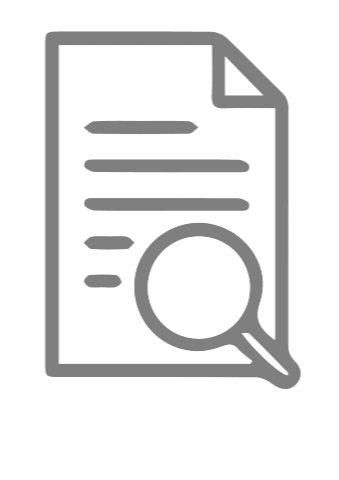
Trace element concentrations in forage seagrass species of Chelonia mydas along the Great Barrier Reef
Toxic metal exposure is a threat to green sea turtles (Chelonia mydas) inhabiting and foraging in coastal seagrass meadows and are of particular concern in local bays of the Great Barrier Reef (GBR), as numerous sources of metal contaminants are located within the region. Seagrass species tend to bioaccumulate metals at concentrations greater than that detected in the surrounding environment. Little is known regarding ecotoxicological impacts of environmental metal loads on seagrass or Chelonia mydas (C. mydas), and thus this study aimed to investigate and describe seagrass metal loads in three central GBR coastal sites and one offshore site located in the northern GBR. Primary seagrass forage of C. mydas was identified, and samples collected from foraging sites before and after the 2018/ 2019 wet season, and multivariate differences in metal profiles investigated between sites and sampling events. Most metals investigated were higher at one or more coastal sites, relative to data obtained from the offshore site, and cadmium (Cd), cobalt (Co), iron (Fe) and manganese (Mn) were found to be higher at all coastal sites. Principle Component Analysis (PCA) found that metal profiles in the coastal sites were similar, but all were distinctly different from that of the offshore data. Coastal foraging sites are influenced by land-based contaminants that can enter the coastal zone via river discharge during periods of heavy rainfall, and impact sites closest to sources. Bioavailability of metal elements are determined by complex interactions and processes that are largely unknown, but association between elevated metal loads and turtle disease warrants further investigation to better understand the impact of environmental contaminants on ecologically important seagrass and associated macrograzers. © 2022 Wilkinson et al. This is an open access article distributed under the terms of the Creative Commons Attribution License, which permits unrestricted use, distribution, and reproduction in any medium, provided the original author and source are credited.
ID:
2565
Authors:
Adam Wilkinson, Ellen Ariel, Jason Van De Merwe, Jon Brodie
Journal:
PLoS ONE
Volume:
17
Issue:
45449
Year:
Resource Type:
Research article
Geographic Coverage:
Copyright:
Gold Open Access
DOI:
10.1371/journal.pone.0269806
Open Access:
Gold Open Access
Toxic metal exposure is a threat to green sea turtles (Chelonia mydas) inhabiting and foraging in coastal seagrass meadows and are of particular concern in local bays of the Great Barrier Reef (GBR), as numerous sources of metal contaminants are located within the region. Seagrass species tend to bioaccumulate metals at concentrations greater than that detected in the surrounding environment. Little is known regarding ecotoxicological impacts of environmental metal loads on seagrass or Chelonia mydas (C. mydas), and thus this study aimed to investigate and describe seagrass metal loads in three central GBR coastal sites and one offshore site located in the northern GBR. Primary seagrass forage of C. mydas was identified, and samples collected from foraging sites before and after the 2018/ 2019 wet season, and multivariate differences in metal profiles investigated between sites and sampling events. Most metals investigated were higher at one or more coastal sites, relative to data obtained from the offshore site, and cadmium (Cd), cobalt (Co), iron (Fe) and manganese (Mn) were found to be higher at all coastal sites. Principle Component Analysis (PCA) found that metal profiles in the coastal sites were similar, but all were distinctly different from that of the offshore data. Coastal foraging sites are influenced by land-based contaminants that can enter the coastal zone via river discharge during periods of heavy rainfall, and impact sites closest to sources. Bioavailability of metal elements are determined by complex interactions and processes that are largely unknown, but association between elevated metal loads and turtle disease warrants further investigation to better understand the impact of environmental contaminants on ecologically important seagrass and associated macrograzers. © 2022 Wilkinson et al. This is an open access article distributed under the terms of the Creative Commons Attribution License, which permits unrestricted use, distribution, and reproduction in any medium, provided the original author and source are credited.